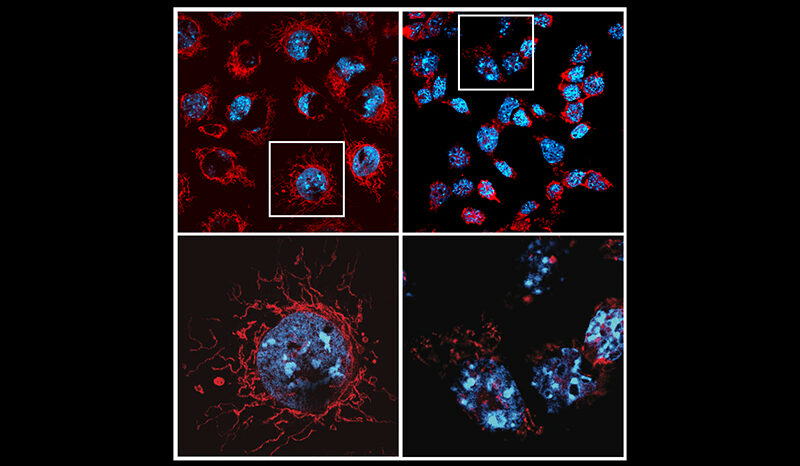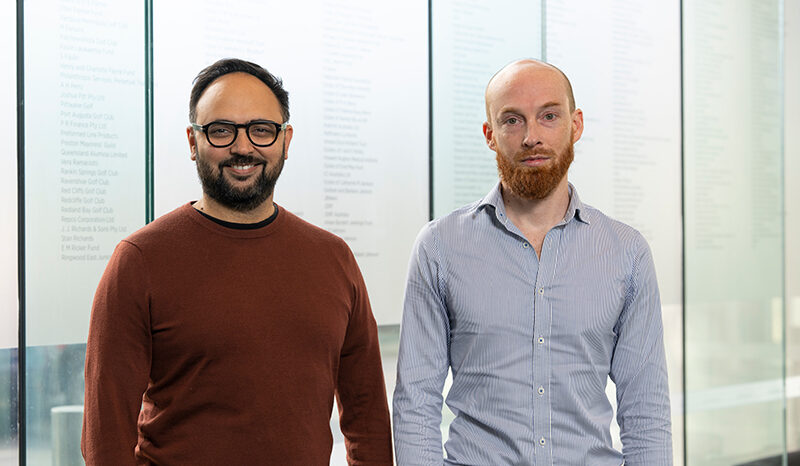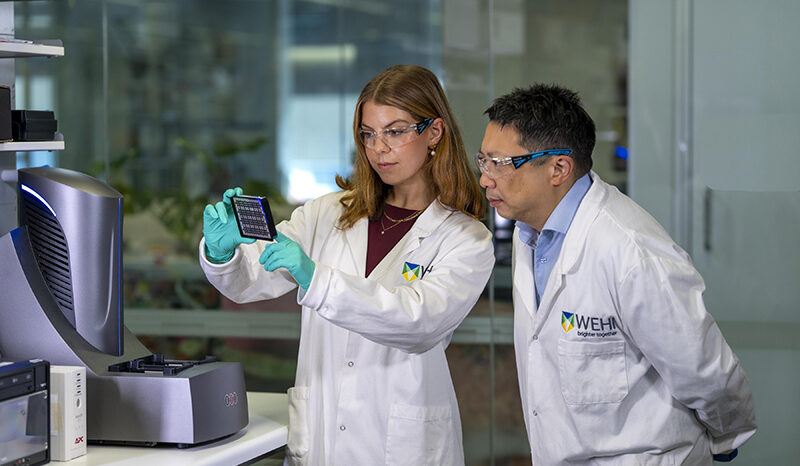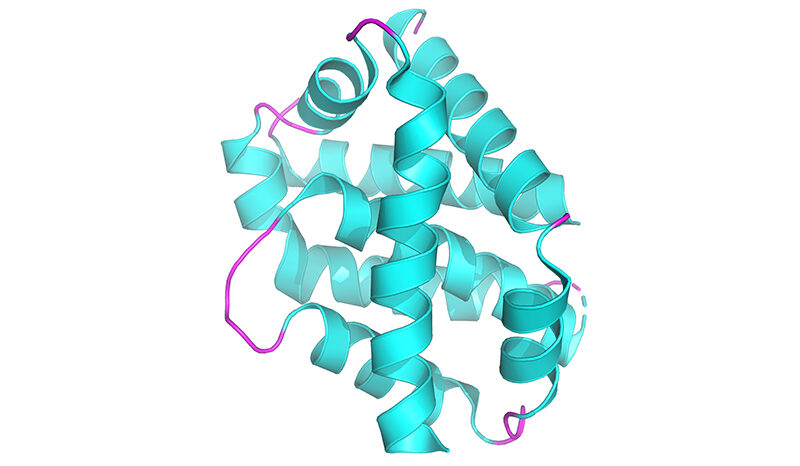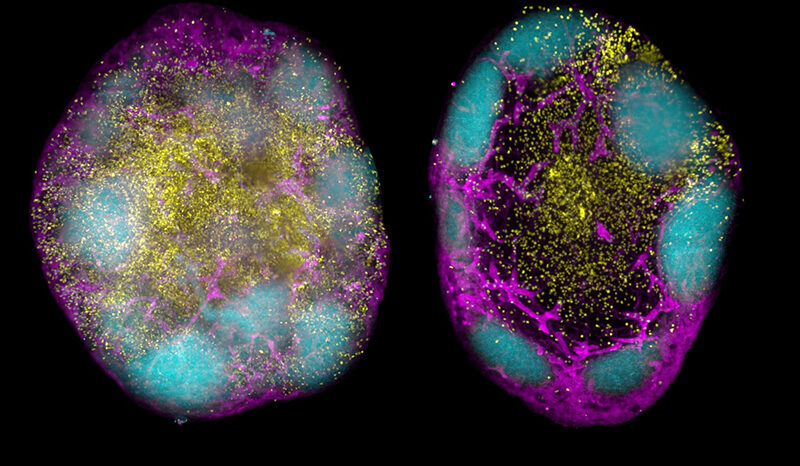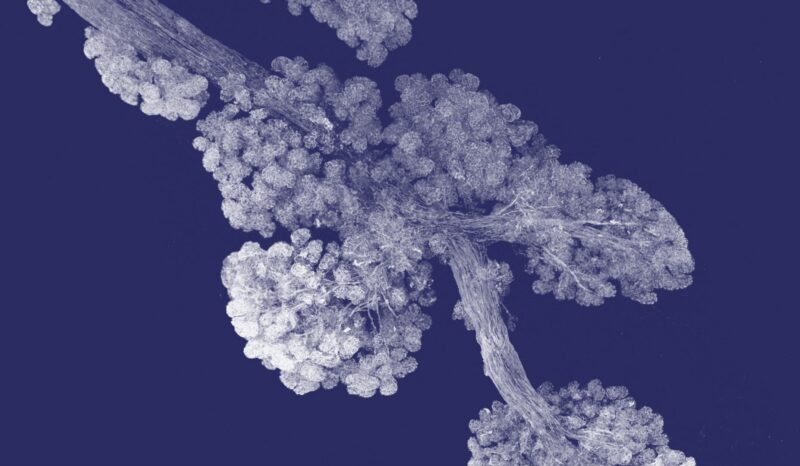The severity of type 2 diabetes can differ between people. Some people show insulin resistance but normal levels of insulin production; in other people, the condition is predominantly associated with reduced insulin production. These factors can also change with time.
The severity and characteristics of a person’s type 2 diabetes influences how they are treated. Blood glucose levels can often be controlled by regular exercise and eating a healthy diet, which does not raise blood sugar rapidly.
Our researchers are trialing whether weight loss can be used as a treatment for type 2 diabetes.
Some people with type 2 diabetes also require medications that:
- Reduce blood sugar levels.
- Improve how cells respond to insulin.
- Stimulate insulin production by the pancreas.
When insufficient insulin is produced, a person with type 2 diabetes needs to start taking additional insulin. This is given by injections or through a pump.
In the long term, people with type 2 diabetes may need additional treatments for complications of their condition. Common complications of type 2 diabetes include:
- Kidney disease (diabetic nephropathy)
- Eye disease and blindness (diabetic retinopathy)
- Nerve damage (diabetic neuropathy)
- Damage to blood vessels, which together with nerve damage can lead to serious problems in the hands and feet
- Heart disease and stroke.
For more information, and support for people with type 2 diabetes please visit Diabetes Australia.




